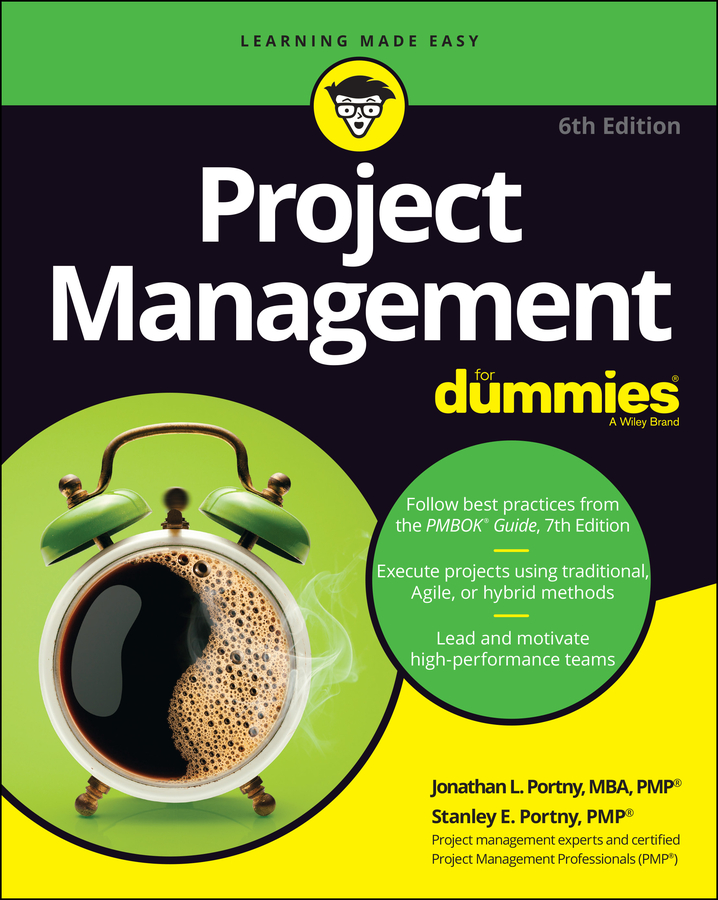Part of creating a project plan for any project you manage involves estimating how long each activity will take to complete. A duration estimate is your best sense of how long you need to actually perform an activity that's in the network diagram. The estimate isn't based on how long you want the activity to take or how long someone tells you it must take; the estimate is based on how long you think it really will take.
Overly optimistic or unrealistically short duration estimates can cause an activity to take longer than necessary for the following two reasons:
Because unrealistic estimates appear to meet your schedule targets, you don’t seek realistic alternative strategies that increase the chances of accomplishing activities in their declared durations.
If people believe duration estimates are totally unrealistic, they’ll stop trying to achieve them. When delays occur during an activity, people will accept them as inevitable instead of seeking ways to overcome them.
The underlying makeup of an activity determines how long it will take to complete. Therefore, accurately estimating that activity’s duration requires you to describe its different aspects and determine the effect of each one on the activity’s length.
When estimating an activity’s duration, consider past experience, expert opinion, and other available sources of information to clarify the following components of the activity:
Work performed by people: Physical and mental activities that people perform, such as writing a report, assembling a piece of equipment, and thinking of ideas for an ad campaign
Work performed by nonhuman resources: Activities that computers and other machines perform, such as testing software on a computer and printing a report on a high-speed copy machine
Physical processes: Physical or chemical reactions, such as concrete curing, paint drying, and chemical reactions in a laboratory
Time delays: Time during which nothing is happening, such as needing to reserve a conference room two weeks before holding a meeting (Time delays are typically due to the unavailability of resources.)
Knowing the types of resources an activity requires can help you improve your estimate of the activity’s duration. For example, not all copy machines generate copies at the same rate. Specifying the characteristics of the particular machine you’ll use to make copies can improve the activity’s duration estimate.
To support project work, you may need the following types of resources: personnel, equipment, facilities, raw materials, information, and funds. For each resource you need, you have to determine its
Capacity: Productivity per unit time period
Availability: When a resource will be available
For example, a copy machine that produces 1,000 copies per minute can complete a job in half the time a machine that produces 500 copies per minute requires. Likewise, a large printing job can take half as long if you have access to a copy machine for four hours a day rather than two hours a day.

